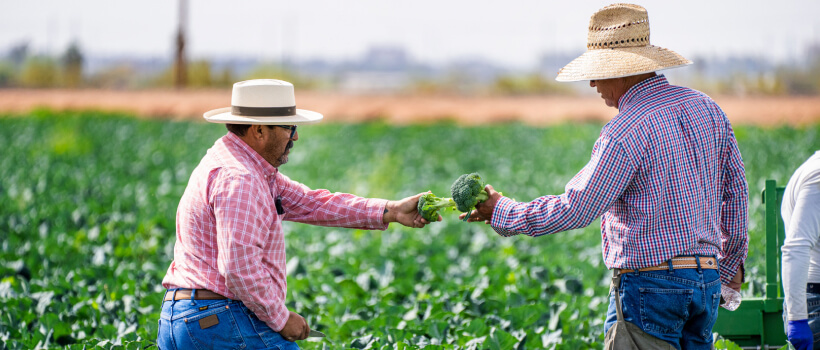 1-800-805-5783
1-800-805-5783 
In our rapidly changing world, where traditional farming techniques struggle to keep pace with global food demands, vertical farming emerges as a promising solution. Vertical farming, an innovative method of cultivating produce within vertically stacked layers, has been hailed as the future of agriculture. This article aims to shed light on the concept of vertical farming, the potential it holds, and the advanced vertical farming solutions that are transforming the food production landscape.
Vertical farming is a revolutionary approach that leverages controlled-environment agriculture (CEA) technology to grow food on vertically inclined surfaces or structures. This method capitalizes on urban indoor spaces, using hydroponics, aeroponics, aquaponics, and artificial lighting to cultivate plants. Vertical agriculture is a sustainable answer to the increasing concerns over food security and environmental degradation caused by conventional farming.
Vertical agriculture has been rising in popularity for several compelling reasons. First, it promotes sustainable farming by using significantly less water and land than traditional farming methods. Second, it eliminates the need for harmful pesticides and fertilizers, offering a pesticide-free, organic alternative to mass-produced crops.
Additionally, vertical farming has a reduced carbon footprint as it can be done in urban environments, reducing the distance between farms and consumers. This limits the need for transportation, thereby decreasing greenhouse gas emissions. The controlled indoor environment also means vertical farming can happen year-round, regardless of weather conditions.

Several vertical farming solutions have emerged in recent years, offering smart, efficient ways to grow food. These include advanced LED lighting systems that mimic sunlight, automated climate control systems for optimal growing conditions, and machine learning algorithms to track plant growth and health.
Technological advancements in IoT and AI are further driving the evolution of vertical farming solutions. Machine learning, for instance, allows for predictive analysis, forecasting potential issues before they arise. This enhances yield quality and quantity while reducing waste and maximizing resources.
Another promising vertical farming solution is the use of robotics. Automated farming robots can perform tasks like planting, watering, and harvesting, thus making the process more efficient and less labor-intensive.
The future of vertical agriculture looks bright as the world increasingly recognizes its benefits. By 2026, the vertical farming market is projected to reach $12.77 billion, marking a significant growth from just a few years ago.
Vertical farms could become common in urban landscapes in the future. As cities continue to expand and the demand for fresh, locally grown produce increases, vertical farming can offer a viable, sustainable solution.
The role of vertical farming in addressing food security is equally significant. With climate change rendering large swathes of agricultural land unsuitable for farming, vertical agriculture can help to ensure a stable, resilient food supply.
In an era of rapid urbanization and escalating environmental challenges, vertical farming emerges as a beacon of sustainable innovation. By integrating technology with agriculture, vertical farming solutions are not only changing the way we grow food but also how we envision the future of farming. As more advancements unfold, vertical agriculture holds the promise of a greener, more sustainable world with enough food for everyone.